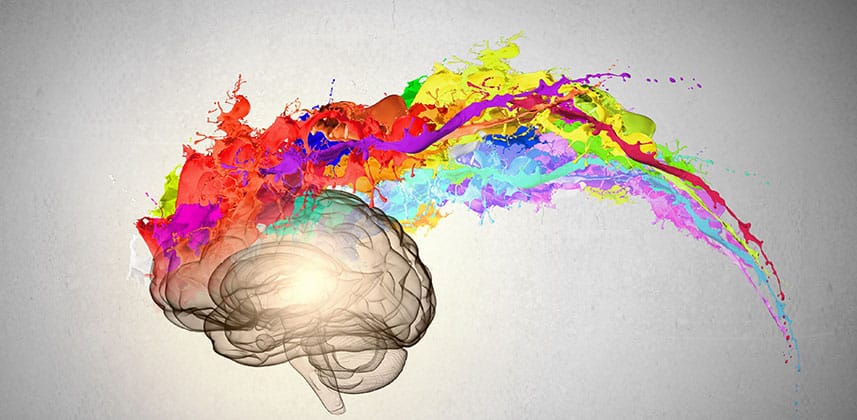Once or twice a year, I hire a paid intern to help out around the studio.
This summer, I have hired a particularly sharp intern named Martin. Martin, who is going into his senior year at a local university, has interned the past couple summers at major post production facilities in New York and Los Angles – so imagine my surprise when he called me up looking for a summer job!
Besides having received some great exposure at large facilities, Martin is very proficient in Resolve, After Effects and Nuke – a month into his internship he’s proving to be quite the asset!
While I value technical proficiency, over the years here on Mixing Light I’ve talked in great detail that in my opinion, knowing a particular piece of software, or being able to quote every specification of a camera is really just small part of being a great colorist.
The obvious characteristics of a great colorist are of course creative skills and an eye for detail, but often overlooked characteristics of many top colorists are communication skills and how they handle clients in the suite.
As I mentioned, Martin is a particularly sharp 21-year old, so you can probably imagine the smile on my face when he walked into my suite a few days ago and asked:
‘are there a handful things you could share with me about communication with clients?’
Martin and I talked for about three hours (I didn’t want to grade that show anyway!) and since these concepts are fresh in my head I thought I’d share them here in this Insight.
Keep in mind, this is not a complete list of things a young colorist needs to know about client communication and how to handle themselves around clients- so please feel free to add to the conversation by using the comments at the end of the article.
Project Kickoff
When it comes to communication with clients, many young colorists get off to a bad start.
As a colorist, the initial conversations you have with a client about their project are vital. It’s in these conversations that you learn about their likes and dislikes, challenges they faced in production, their creative goals, etc.
Put simply, an initial project conversation is about LISTENING & RESEARCH.
Too often young colorists confuse the sales process – getting the client interested in the first place with project kickoff. Instead of listening, they’re selling, talking about themselves, their work, their skills.
Once a client is already in the door, it’s all about them and their confidence that you really understand their project. So, to that end here are a couple ways to facilitate communication at project kick-off:

- Watch the project! – there is simply no excuse for walking into a project blind. I’ve seen young colorists caught with their proverbial pants down when a client asks about a specific shot or scene. Know the project!
- Client tendencies – researching client stakeholders creative tendencies is necessary recon that young colorists don’t do enough of. Knowing a DP or Director’s stylistic tendencies can give you a huge leg up at the start of a project. Focusing your questions on these tendencies for the project at hand is also a smart move.
- Spotting – if you’re able to, a spotting session with a client is invaluable – especially on long form projects. It’s in a spotting session where you listen to the client tell you the story of the project and what they want to see. In short form, this can be done with storyboards and markups, but the idea is the same – the client telling you the story of the project.
- Have three concepts of the grade ready to go – starting off a project with some concepts of where you want to take the grade is a great communication tool. These concepts help you communicate your vision to the client and then get feedback on your ideas. Having three separate ideas even if closely related communicates openness and that you’re willing to try different things.
Project kickoff is where the tone for great communication starts, and if handled correctly (lots of listening) you’ll be setup for effective communication with a client in later stages of the project.
The Meet & Greet
The next area that I see a lot of young colorists struggle with is the initial meet & great when starting off a supervised or review session with a client.
Supervised sessions can be intimidating and bit nerve racking, but in my experience there is a lot you can do in the first 10 min of the session to ensure a greater probability of success.

- Make clients feel at home – don’t forget clients can also be nervous about a supervised session. Getting clients comfortable should be your initial focus. Show them where the restrooms are, offer them something to drink, get them on your WIFI, etc.
- 2-3 min of small talk – unless you have a long relationship with client (if you’re really young colorist you probably don’t) then be sure to limit your start of the session small talk to just a couple min and keep it simple – ‘did you find the facility ok’ or ‘did you have a good weekend’ works better than ‘so what’s your background?’
- Know the tone of the session – some clients walk in stoked to see their project, other clients have 100 things on their mind and being in a color session is number 98 on that list. Quickly interpret the client’s mode and let that guide you throughout the rest of the session.
- Outline the session goals – a color session is just like any other meeting except you’re watching TV or a movie! Having an agenda with goals is important. Within the first few min of a session, it’s important to go over those goals with the client to make sure you’re both on the same page. These goals can also include covering shots/scenes that were challenging or problematic or other issues that you’ve faced.
- Explain interactivity – while experienced clients will expect a high level of interactivity in the session, it’s always a good idea to reiterate these points – ‘At anytime I can show you a before and after of a shot’ or ‘We can stop and make changes anytime you see something you don’t like’. Additionally, remind yourself not to show off – most clients don’t care about the 37 nodes you used to treat they sky – you don’t need to show a client what each one does.
Always try to make your goal to either be grading or reviewing work within about 10-15min of a client walking in the door. Getting to work quickly and in an organized manner, let’s clients know immediately that you take the project and their time seriously and you’re ready to get to work.
Member Content
Sorry... the rest of this content is for members only. You'll need to login or Join Now to continue (we hope you do!).
Need more information about our memberships? Click to learn more.
Membership optionsMember Login


